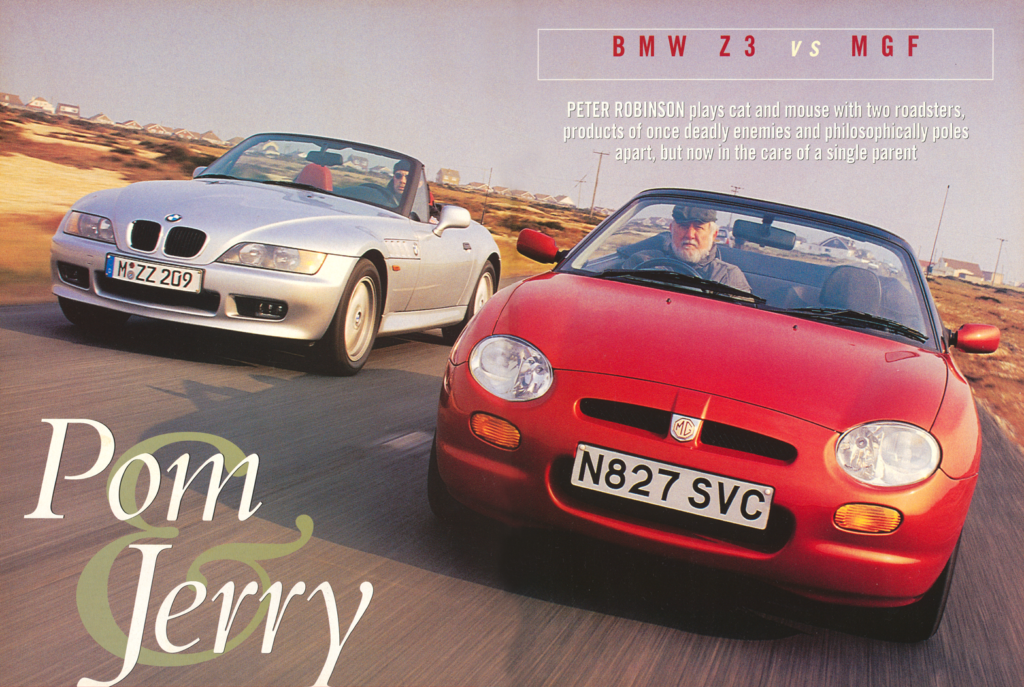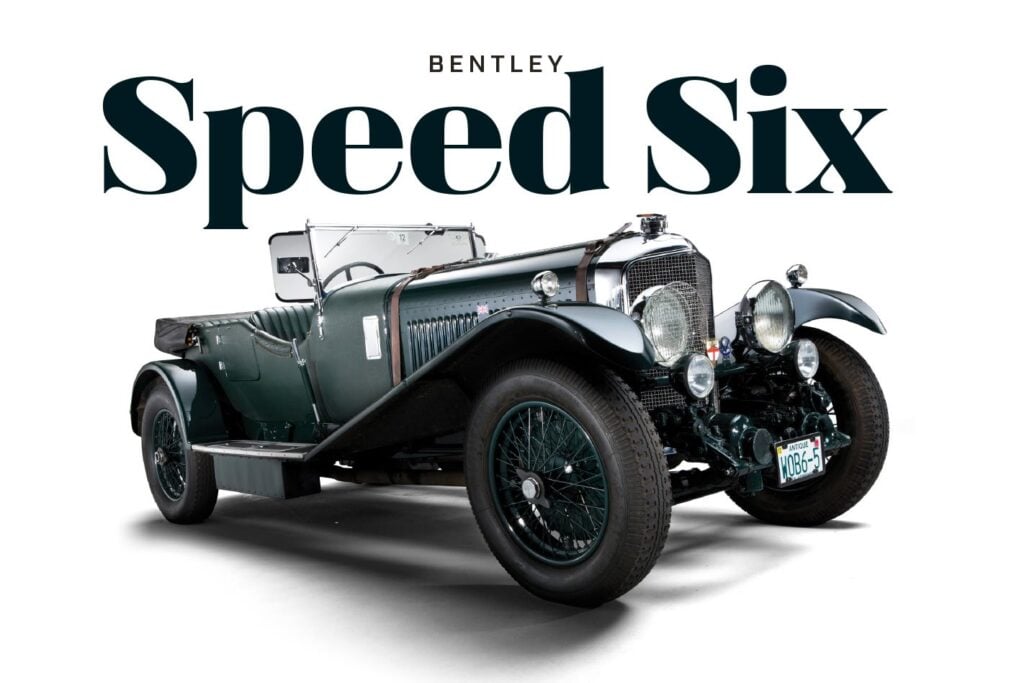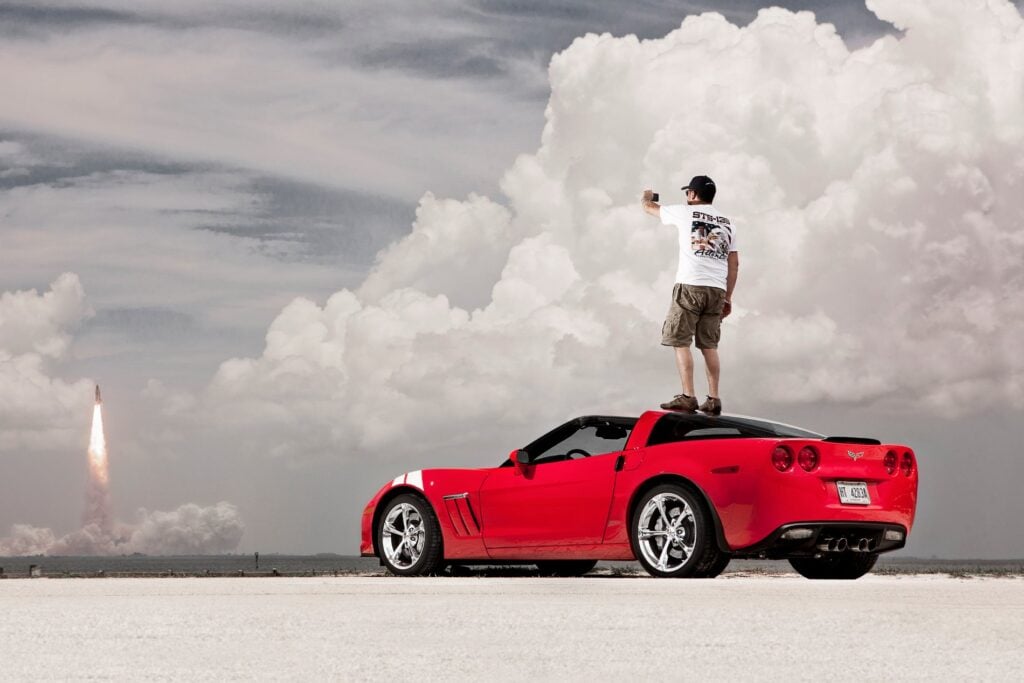When turbos first ruled the world, Mitsubishi was at the forefront.
First published in the February 2016 issue of Wheels magazine, Australia’s best car mag since 1953.
WHAT was the most famous turbocharged car launched in 1982?
Duh! The Knight Industries Two Thousand, of course.
KITT, the Pontiac Firebird Trans Am that starred in Knight Rider, was a forced-induction fake, but it probably marked the year in which turbocharging left the realms of European exotics and filtered down to more affordable machines.
Mitsubishi was early to the force-feeding party with its four-cylinder ‘Sirius’ engine. It developed a turbocharged version of the 1.8-litre 4G62 for the rally-destined Lancer EX1800 in 1980, and soon followed with the turbocharged 2.0-litre 4G63.
The rear-drive Mitsubishi Lancer EX2000’s econobox body hardly sizzled with sex appeal. As Mitsubishi prepared to emerge from part-owner Chrysler’s shadow in the US, it was only too aware of what the Nissan Z, Toyota Supra and Mazda RX-7 coupes had done for their respective brands.
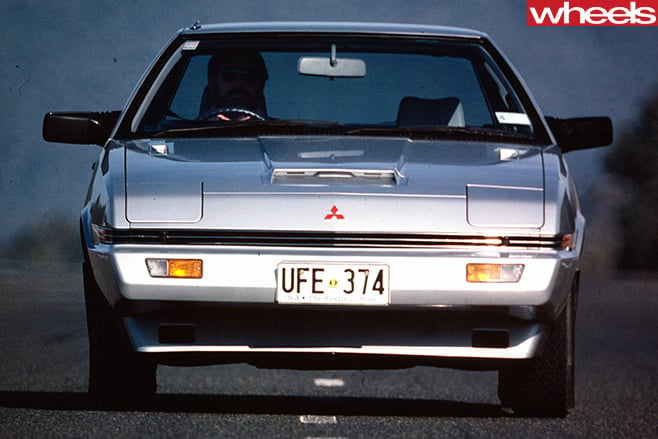
The 2.0-litre turbocharged four-cylinder engine featured electronic fuel injection with a single turbo. US and European versions used a 2.6-litre 4G54 ‘Astron’ turbo that wasn’t notably more powerful.
The Starion’s rear-drive chassis was derived from the hot version of the Galant Lambda coupe, which was sold in Australia as the Scorpion. This brought a decent suspension spec, including a four-link independent rear, and a limited-slip differential was available as an option.
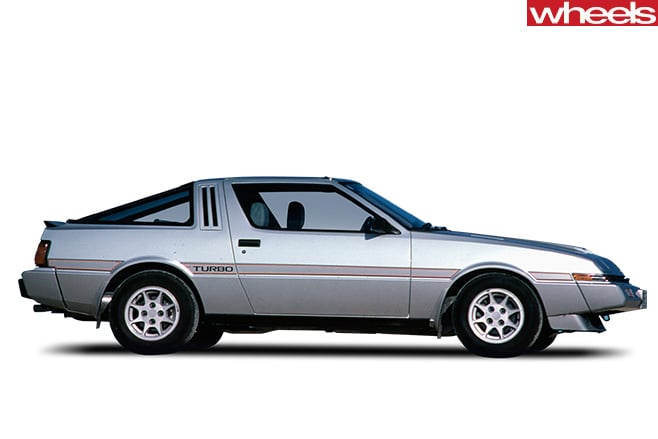
The Starion landed in Australia amid a boom in production-car racing, and was soon a front-running favourite in the hands of drivers including Brad Jones and Peter Fitzgerald. It was less successful in Group A, despite the development skills of Kevin Bartlett.
Early JA-JB Starions were well regarded for their road-going performance, but the final JD (1986-89), which introduced a handsome wide-body variant (sadly, not sold in Australia), was hobbled by the dreaded unleaded petrol, dropping outputs to 110kW/222Nm.
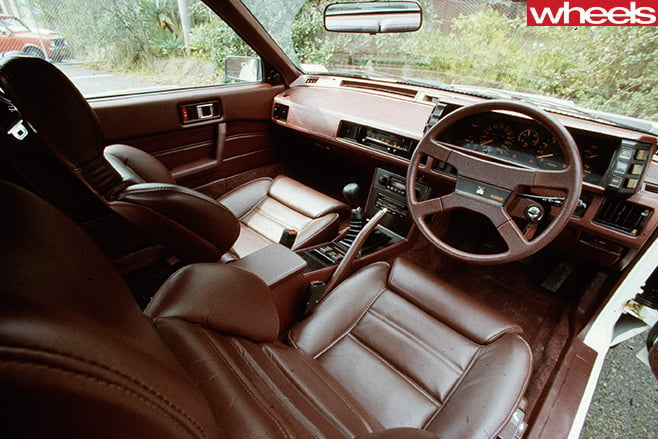
Bin there, done that
STARION was a clever parts-bin project, borrowing the platform of the Scorpion coupe, albeit on a slightly shorter (2435mm) wheelbase. Suspension was by MacPherson struts up front and a four-link independent coil-sprung rear. Anti-roll bars, gas dampers and ventilated discs featured at both ends. Main dynamic disappointment was the vague recirculating-ball steering.
Smooth and swift
AUSTRALIAN-spec 1997cc single-cam injected engine provided 125kW at 5500rpm and 245Nm at 3500rpm. The counter-rotating balance shafts made it smooth as well as swift, but it suffered from lag. With a five-speed manual gearbox (a four-speed slusher was optional), we clocked the Starion from 0-100km/h in 8.9sec and 0-400m in 16.2sec (Sept ’82). Later JD wide-bodies with blistered guards (not sold in Australia) added intercooling.
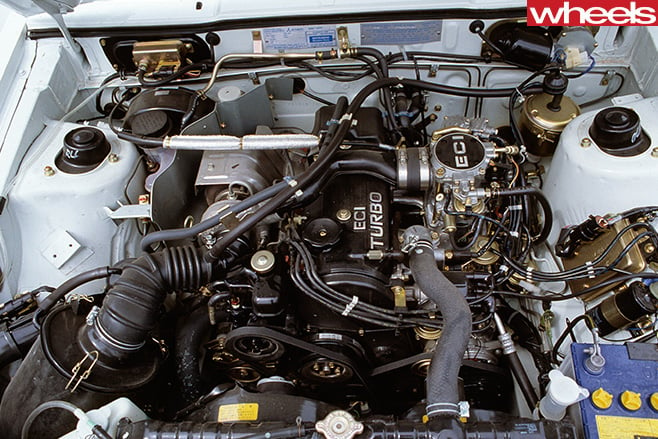
STARION’S cabin delivered the full 1980s sports coupe experience. Novel door-mounted seatbelts wrapped the driver into hugely adjustable front sports seats, which had leather optional. Dash, instrument pod and centre console were all about colour-coded plastic, sharp angles and sci-fi appeal. Early steering wheel was especially Star Wars. One US mag described the glistening plastic environment as “a proving ground for Armor-All”.
Fast & factual
Still-born weapon
Mitsubishi Ralliart developed a 1050kg 4WD Starion for Group B rallying, but the category was axed.
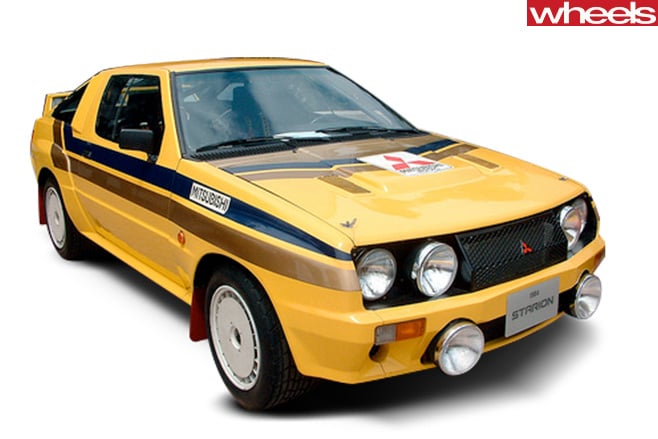
Starions proved fragile in Group A, though Scott/Nakaya claimed fifth at Bathurst in 1987 after the Sierra exclusions.
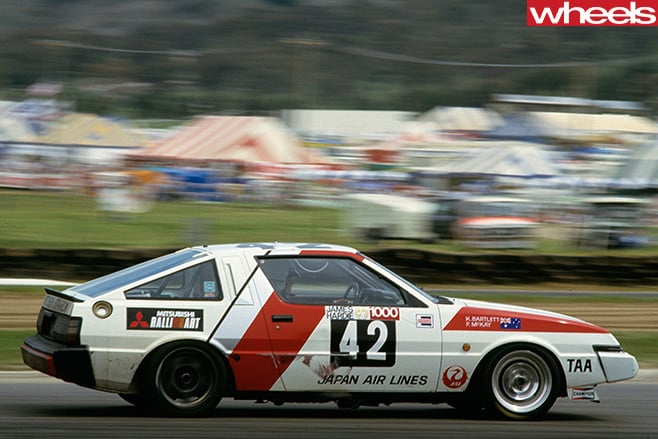
Known Starion problems include blown head gaskets, head cracks and weak pistons, but easy fixes make for a cheap track-day weapon.
That name
Mitsubishi claimed it was a blend of “star” and “orion”, though urban legend insists it should have been “stallion” and was a Japlish miscommunication
Water works
Jackie Chan played a Mitsubishi engineer in Cannonball Run II (1984). With Richard ‘Jaws’ Kiel co-driving, their Starion could drive underwater



